Category: Electric Actuators
Industrial Automation Trends Drive Ball Screw Actuator Innovation
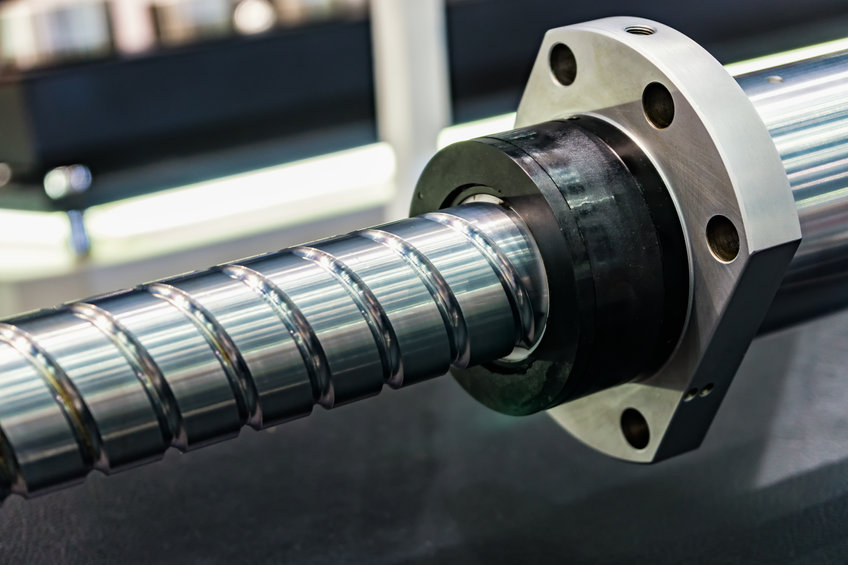
As more manufacturers add automation and robotics into their production lines, the use of linear electric actuators is growing. While ball screw actuators have always been a popular style for these applications as they are robust and precise enough for industrial applications, recent innovations in ball screw linear actuators, such as higher load capacities, miniaturization […]
Actuators: Creating Movement in Manufacturing
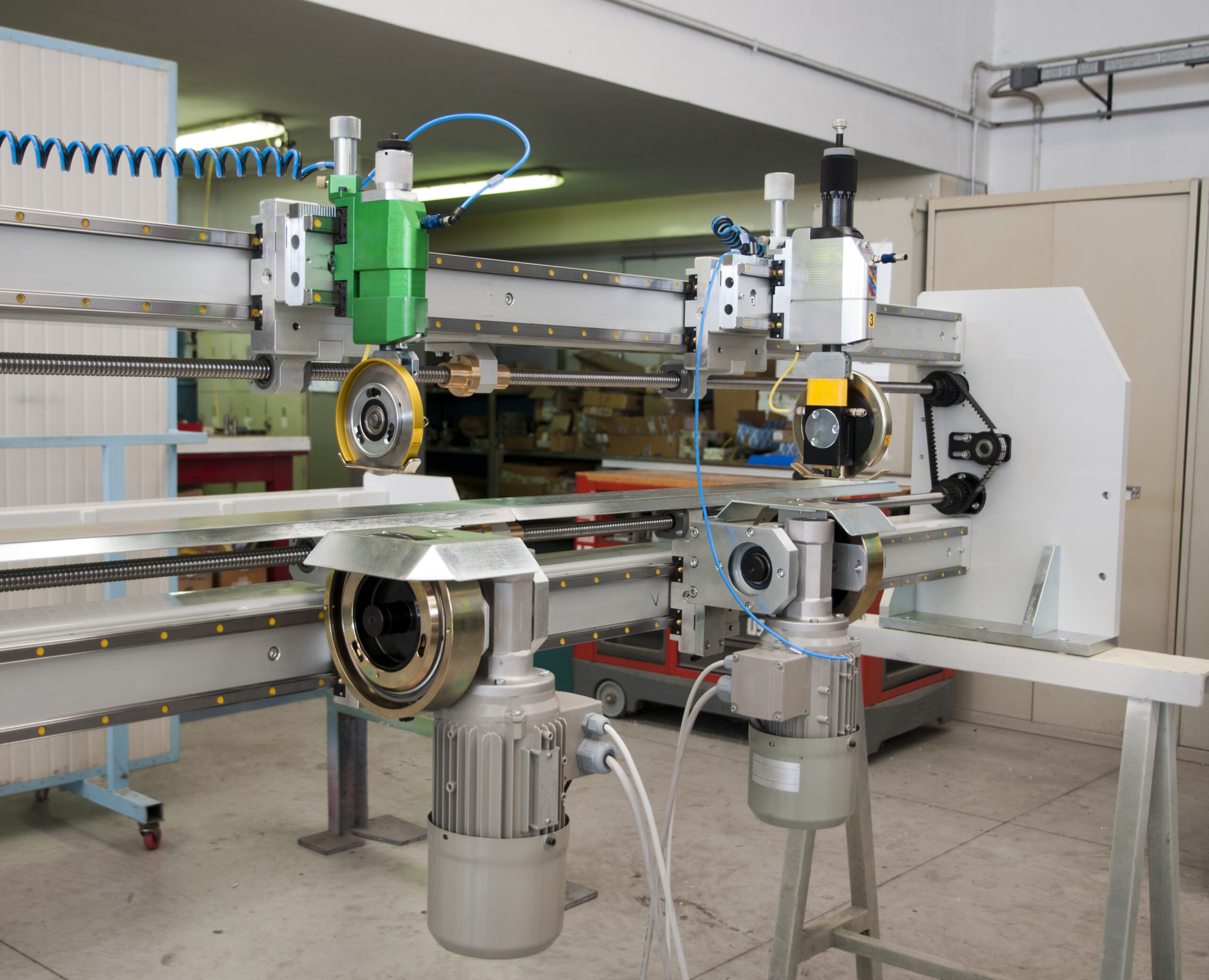
The factory floor in most manufacturing facilities is a very active place. From the front door to the back, there is likely a whirlwind of motion and movement as automated machinery transports, picks, cuts, stamps, assembles, processes, produces and packages products. While it may seem like all of this productivity is controlled with the touch […]
Choosing the Right Actuator Type for Your Application

Sometimes the choice between the three main actuator types – electric, pneumatic and hydraulic – is a no brainer. For example, if you need heavy-duty motion, a hydraulic actuator would be the obvious choice, a potentially explosive environment necessitates the use of a pneumatic actuator and a sterile operation would demand an electric actuator. But […]
The Rise of Electric Actuators

Traditionally electric actuators were not the device of choice for heavy-duty machinery, industrial equipment and other systems that demanded motion profiles with high forces and extreme robustness. However, reduced costs for these electric devices combined with recent technological advances are making designers reconsider electric actuators for use in these and other applications, giving rise to […]
7 Questions to Ask When Choosing an Electric Actuator
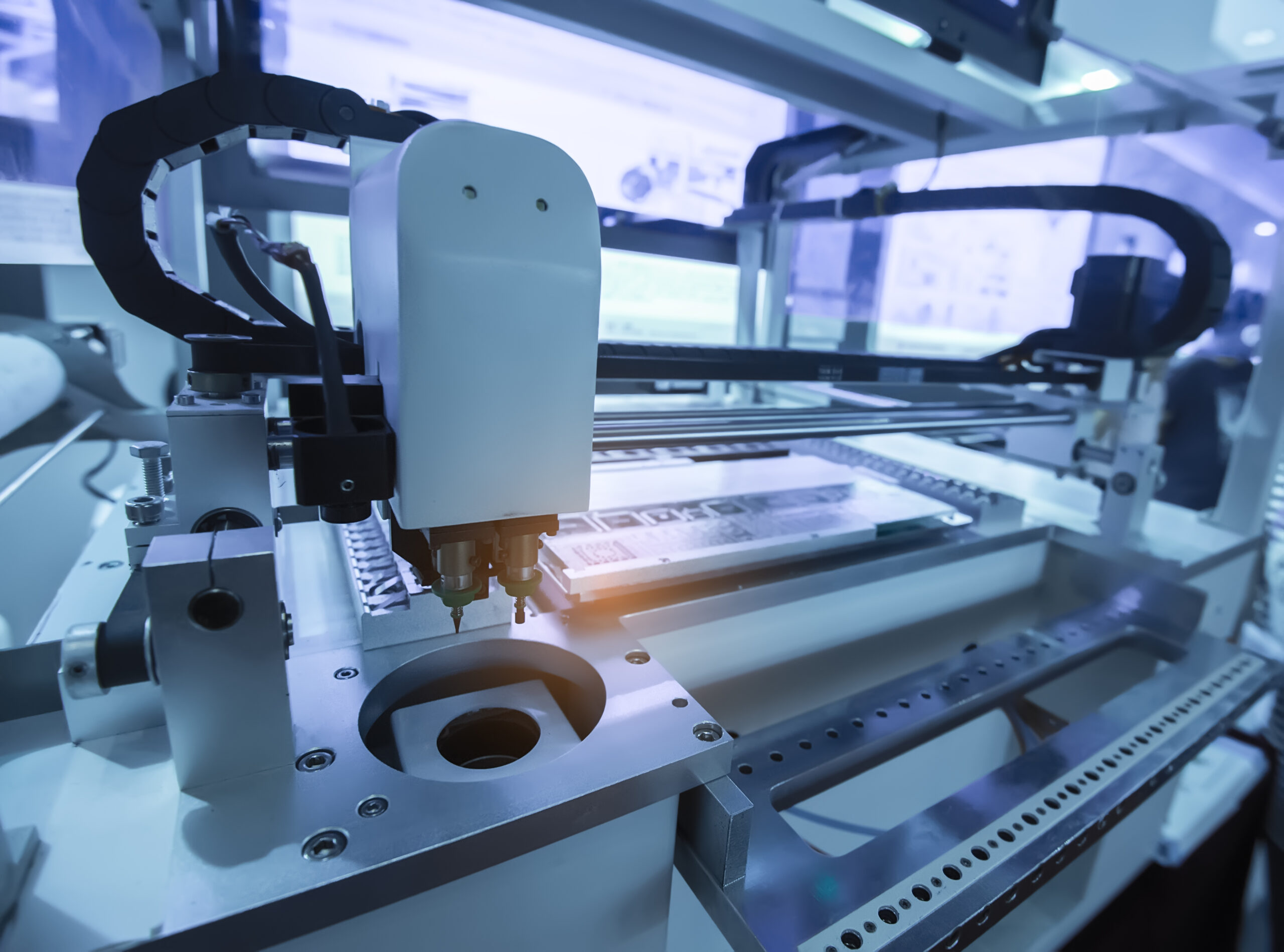
Actuators are hidden within all types of machines and devices from industrial robots to automatic doors to cell phones. Because the function of an actuator is to enable movement by converting energy and signals into a mechanical force that pushes, pulls, lifts or otherwise moves parts of equipment and gadgets, actuators are an integral component […]
5 Trends to Watch in Electric Actuators
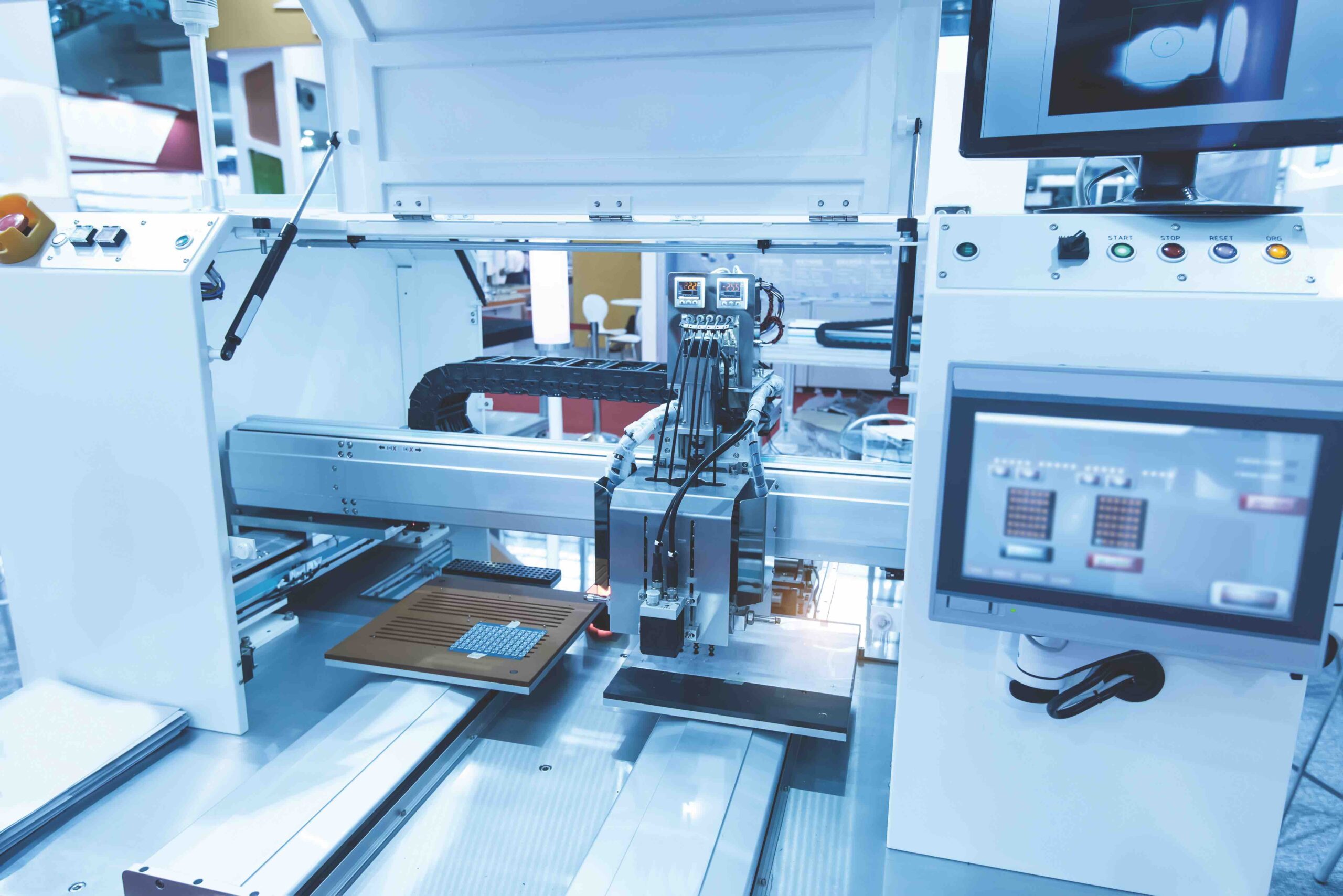
Actuators play an important role in motion control systems, robotics, industrial equipment and a myriad of other applications. Although traditionally considered to be the more complex choice, there has recently been an uptick in the use of electric actuators because they provide a host of worthwhile advantages over pneumatic and hydraulic models. This increased interest […]
The Inside Scoop on Electric Actuators

Electric actuators convert electricity into energy that is used to create either linear or rotary motion in a wide variety of industrial automation applications across many industries. Despite their prevalence, many of us don’t know what’s inside an electric actuator and how the various components work together to provide the energy that powers so many […]
Actuators: The Muscle Behind Industrial Motion
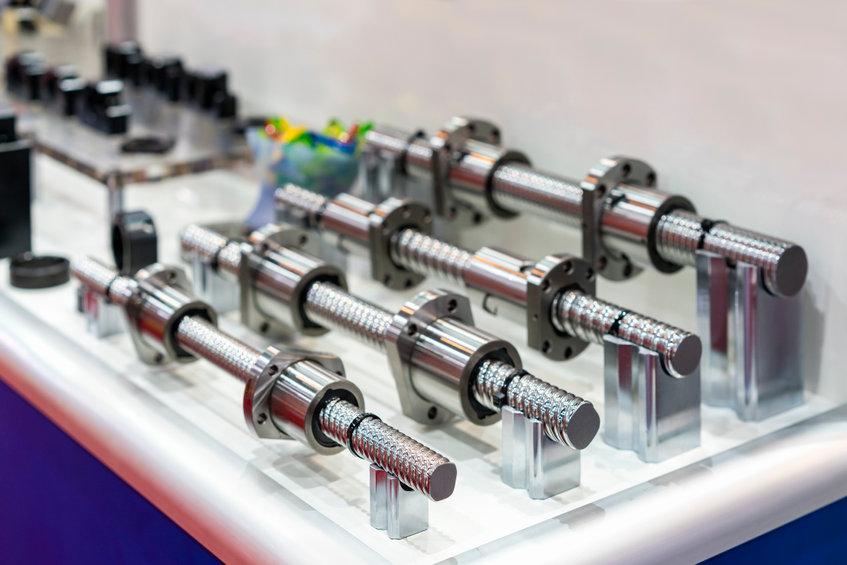
Similar to the way in which muscles in the human body enable motion of the arms, legs and other body parts, actuators facilitate mechanical movement. As a matter of fact, nearly every piece of industrial equipment relies on actuators to generate the motion needed to properly operate; however, the actuator used differs from application to […]
What are the 4 Main Types of Linear Actuators?

Linear actuators provide push or pull straight-line motion and are often used for lifting, dropping, sliding or tilting of machines, objects or materials. Because they provide precise and efficient linear movement, they are essential in many automation, robotics and motion control applications in a variety of industries, including: The Benefits of Linear Actuators One of […]
Linear Actuators Improve Medical Equipment and Patient Care
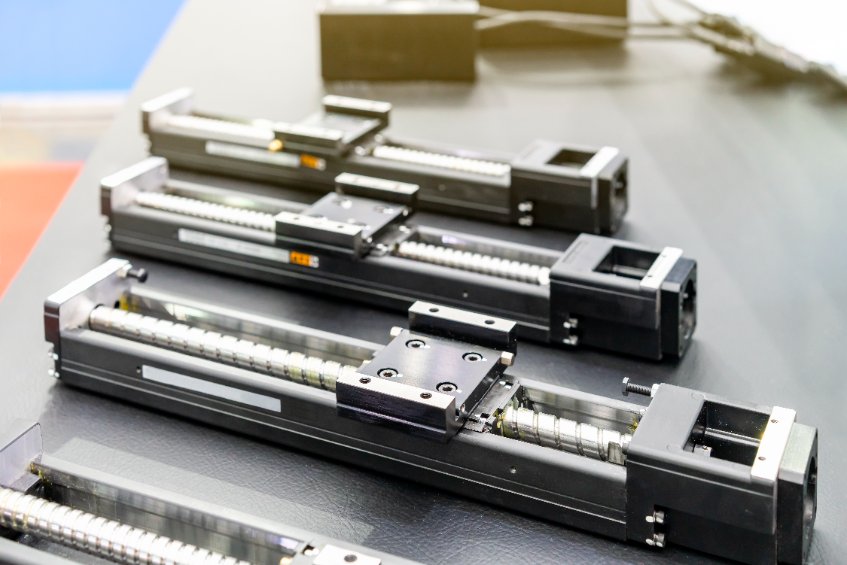
Through the years the medical industry has adopted new technologies in an effort to improve patient care and comfort. Linear actuators play a crucial role in many of these medical equipment advancements, as they reliably complete the required lifting, tilting and straight-line motions necessary in today’s healthcare environments. In addition to easing the burden of […]